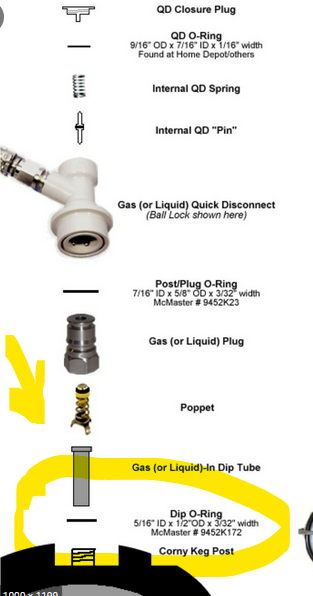Docod44
Well-Known Member
- Joined
- Jun 20, 2020
- Messages
- 113
- Reaction score
- 179
I have a 3 gallon keg with about 2 gallons of ale that loses pressure throughout the week and I'm at a loss about what to do. I turn off my CO2 tank and disconnect the gas line on Sunday night so that I don't drink during the week but when I reconnect it and turn the pressure back on Friday night, the headspace is clearly empty and the I can hear it refilling with CO2. I started by spraying all openings with starsan but I didn't see any obvious bubbling. I then reversed the keg lid and re-seated it, but still no luck. Finally, I changed all of the gaskets in both posts and the lid but it hasn't made a difference. I always use keg lube but is it possible that too much can be counterproductive? This past week I attached a spunding valve set to 10 psi and it took about 3 days to drop down to 2 psi, where it stayed until Friday. Is the beer just absorbing the CO2 out of the headspace, in the absence of all other signs of a leak?
Edit: I should say that there are no temperature changes and the beer has been properly carbonated for a few weeks. The pressure I'm applying is for serving.
Edit: I should say that there are no temperature changes and the beer has been properly carbonated for a few weeks. The pressure I'm applying is for serving.
Last edited:


